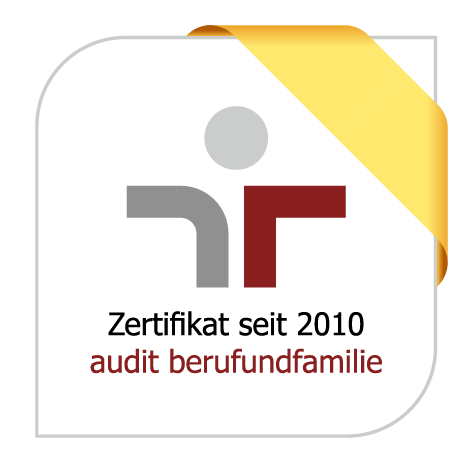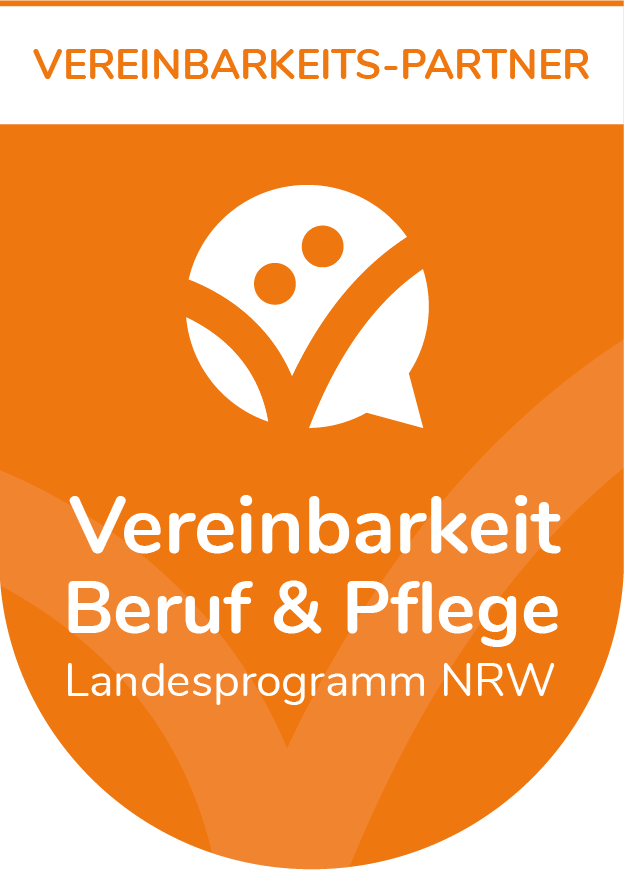Research projects
| Client: | DFG (German Research Foundation) |
| Partner(s): | Research Institute for Regional and Urban Development (Prof. Dr.-Ing. Stefan Siedentop); German Remote Sensing Data Center (DFD), an institute of the German Aerospace Center (DLR) Oberpfaffenhofen (Dr. Hannes Taubenböck) |
| Time frame: | 03/2013 – 09/2015 |
The emergence of polycentric metropolitan regions has been one of the most significant structural changes of urbanized regions throughout the last 30 years. International research describes current centers in city regions of Western industrial countries as a complex, functionally work-sharing network organized around centers and sub-centers. To date, there is no systematic research evidence about the progress of this transformation process from monocentric to polycentric settlement structures in Germany. This is due to the difficult empirical representation of urban and regional central systems.
Against this background, the objective of this research proposal is to analyze the current state of polycentricity and the historical development of polycentric urban structures in selected German metropolitan areas. For this purpose, a new methodological set of instruments aims to deliver information on the layout of centrality within urbanized regions, addressing mainly morphological characteristics of built-up spaces.
Based on detailed employment data and high-resolution remote sensing information, the proposed workflow is expected to result in a three-dimensional structural model of selected study areas, capable of revealing the degree of polycentricity. The project contributes substantially to empirical research related to metropolitan transformation processes and their effects on urban form. In addition, it aims to explain root causes of the underlying processes by analyzing the characteristics of the locations and facilities that define a “center”. The cooperation of two applicants with a proven track record in urban research and remote sensing is an important prerequisite for the successful implementation of this project.
The subsequent publications provide you with an overview of recent research efforts.
Journal papers (peer-reviewed)
- Krehl, Angelika; Siedentop, Stefan (2018): Towards a typology of urban centers and subcenters – evidence from German city regions. In: Urban Geography, published online 25 Jul 2018, pp. 1–25. doi: 10.1080/02723638.2018.1500245.
- Taubenböck, Hannes; Standfuß, Ines; Wurm, Michael; Krehl, Angelika; Siedentop, Stefan (2017): Measuring morphological polycentricity - A comparative analysis of urban mass concentrations using remote sensing data. In: Computers, Environment and Urban System, Vol. 64, pp. 42–56. doi:10.1016/j.compenvurbsys.2017.01.005
- Krehl, Angelika; Siedentop, Stefan; Taubenböck, Hannes; Wurm, Michael (2016): A Comprehensive View on Urban Spatial Structure. Urban Density Patterns of German City Regions. In: ISPRS International Journal of Geo-Information, Jg. 5, Heft 6, n° 76. doi:10.3390/ijgi5060076
- Krehl, Angelika (2016): Urban subcentres in German city regions: identification, understanding, comparison. In: Papers in Regional Science, online first. doi:10.1111/pirs.12235
- Krehl, Angelika (2015): Urban Spatial Structure: An Interaction between Employment and Built-up Volumes. In: Regional Studies, Regional Science, Jg. 2, Heft 1, S. 289–307. doi:10.1080/21681376.2015.1034293 (Open Access Publication)
- Fina, Stefan; Krehl, Angelika; Siedentop, Stefan; Taubenböck, Hannes; Wurm, Michael (2014): Dichter dran! Neue Möglichkeiten der Vernetzung von Geobasis-, Statistik- und Erdbeobachtungsdaten zur räumlichen Analyse und Visualisierung von Stadtstrukturen mit Dichteoberflächen und -profilen. [Getting Closer! New Ways of Integrating Geodata, Statistics and Remote Sensing to Analyze and Visualize Urban Structures Using Density Surfaces and -Profiles] In: Raumforschung und Raumordnung, Jg. 72, Heft 3, S. 179–194. doi:10.1007/s13147-014-0279-6
- Wurm, Michael; d'Angelo, P.; Reinartz, P.; Taubenböck, Hannes (2014): Investigating the applicability of Cartosat-1 DEMs and topographic maps to localize large-area urban mass concentration. In: IEEE Journal of Selected Topics in Applied Earth Observations and Remote Sensing (J-STARS), Jg. 7, Heft 10, S. 4138–4152. doi:10.1109/jstars.2014.2346655
Book sections (peer-reviewed)
- Siedentop, Stefan; Krehl, Angelika; Guth, Dennis; Holz-Rau, Christian (2016): Morphologische Polyzentralität der Beschäftigung in deutschen Metropolregionen – Aktuelle Befunde und Veränderungen seit 1970. In: Danielzyk, Rainer; Münter, Angelika; Wiechmann, Thorsten (Hrsg.): Polyzentrale Metropolregionen. Lemgo, S. 45–75 = Planungswissenschaftliche Studien zu Raumordnung und Regionalentwicklung, Nr. 5. (Link to publisher's website)
- Siedentop, Stefan (2015): Ursachen, Ausprägungen und Wirkungen der globalen Urbanisierung – ein Überblick. In: Taubenböck, Hannes; Wurm, Michael; Esch, Thomas; Dech, Stefan (Hrsg.): Globale Urbanisierung – Perspektive aus dem All. Berlin Heidelberg, S. 11–21. doi:10.1007/978-3-662-44841-0_3
- Wurm, Michael; Taubenböck, Hannes (2015): Hier spielt die Musik! Räumlich differenziertes Siedlungswachstum in deutschen Ballungsräumen. In: Taubenböck, Hannes; Wurm, Michael; Esch, Thomas; Dech, Stefan (Hrsg.): Globale Urbanisierung – Perspektive aus dem All. Berlin Heidelberg, S. 83-92, doi:10.1007/978-3-662-44841-0_10
- Krehl, Angelika (2015): Polyzentralität in deutschen Stadtregionen – eine integrierte Bestandsaufnahme. In: Taubenböck, Hannes; Wurm, Michael; Esch, Thomas; Dech, Stefan (Hrsg.): Globale Urbanisierung – Perspektive aus dem All. Berlin Heidelberg, S. 159–170. doi:10.1007/978-3-662-44841-0_17
- Siedentop, Stefan; Krehl, Angelika; Taubenböck, Hannes; Wurm, Michael (2014): Die bauliche Dichte der Stadtregion – Erzeugung kleinräumiger Dichtedaten mit fernerkundlichen Mitteln. In: Meinel, Gotthard; Schumacher, Ulrich; Behnisch, Martin (Hrsg.): Flächennutzungsmonitoring VI. Innenentwicklung - Prognose - Datenschutz. Berlin, S. 179–188. (Link to publisher's website).
Conference papers
- Krehl, Angelika; Siedentop, Stefan (2015): Towards a Typology of Urban Centers and Subcenters – Evidence of German City Regions. NARSC 2015 in Portland, OR, USA. (The publication is available for scientific purposes. Please contact poststelle@ils-forschung.de for this use.)
- Krehl, Angelika; Siedentop, Stefan; Taubenböck, Hannes; Wurm, Michael (2014): Agglomeration Economies Shaping the Spatial Structure in German City Regions? AESOP 2014 in Utrecht, Niederlande. (The publication is available for scientific purposes. Please contact poststelle@ils-forschung.de for this use.)
- Wurm, Michael; Taubenböck, Hannes; Esch, Thomas; Fina, Stefan; Siedentop, Stefan (2013): The changing face of urban growth: An analysis using earth observation data. JURSE 2013 in Sao Paulo, Brasilien. (The publication is available for scientific purposes. Please contact poststelle@ils-forschung.de for this use.)
Project leader:
- Prof. Dr.-Ing. Stefan Siedentop
[« back]





